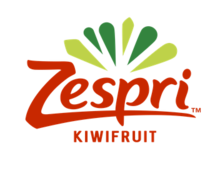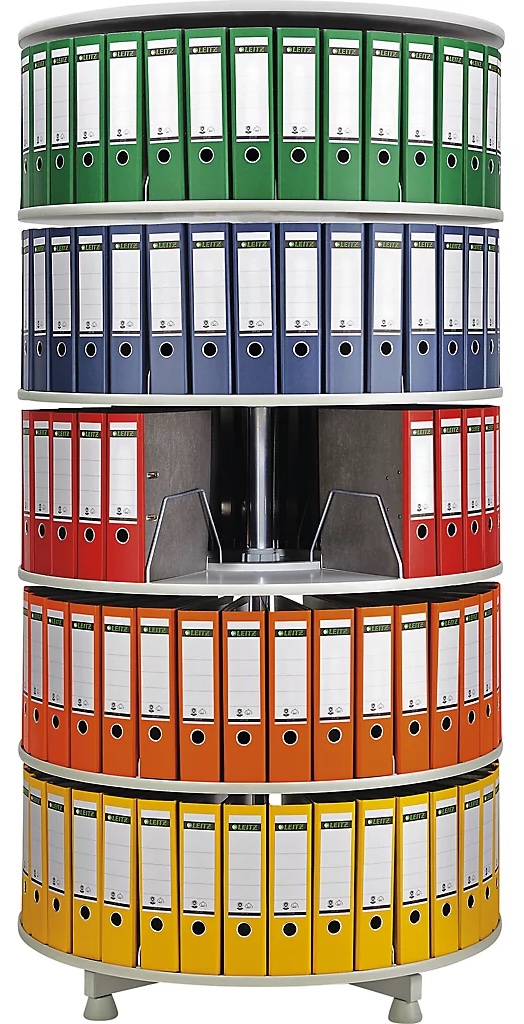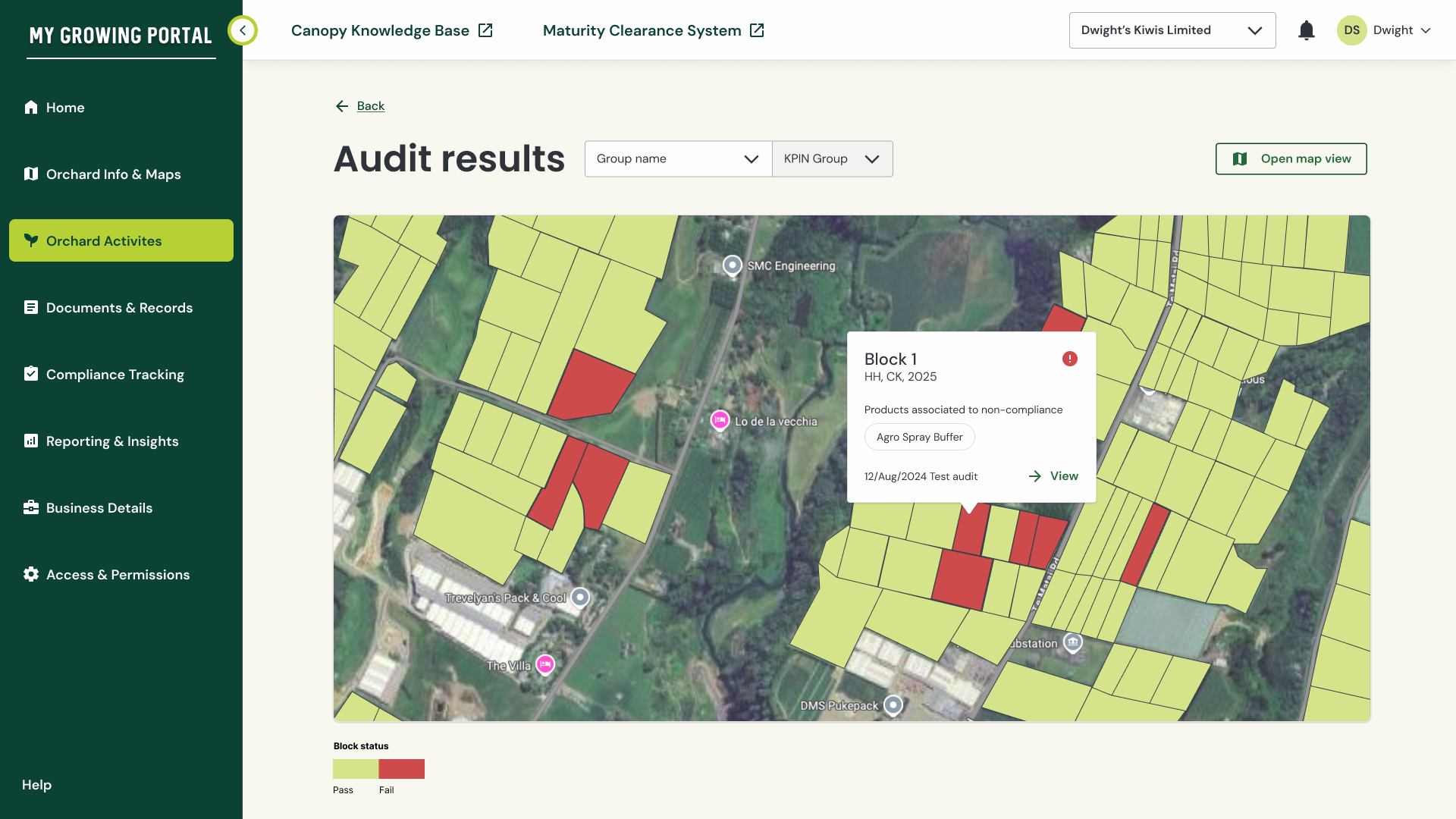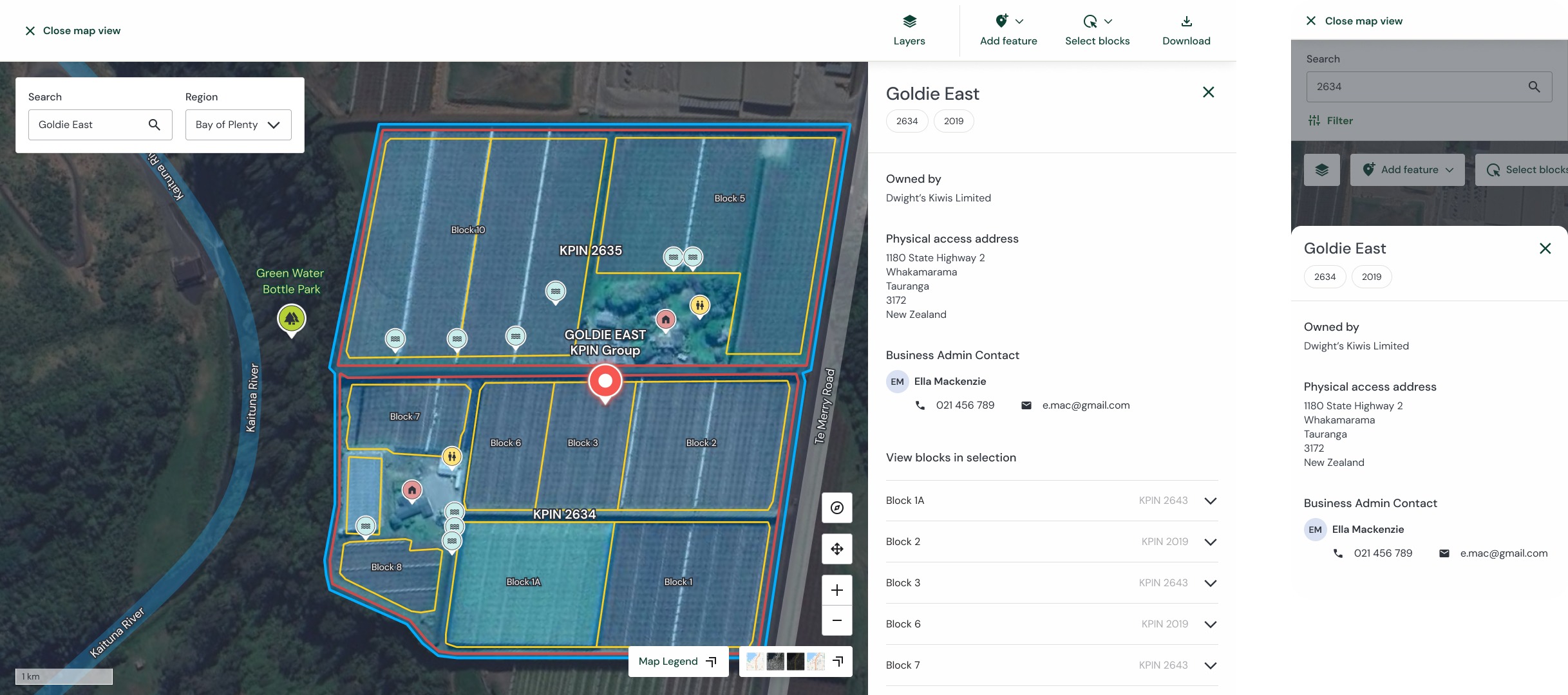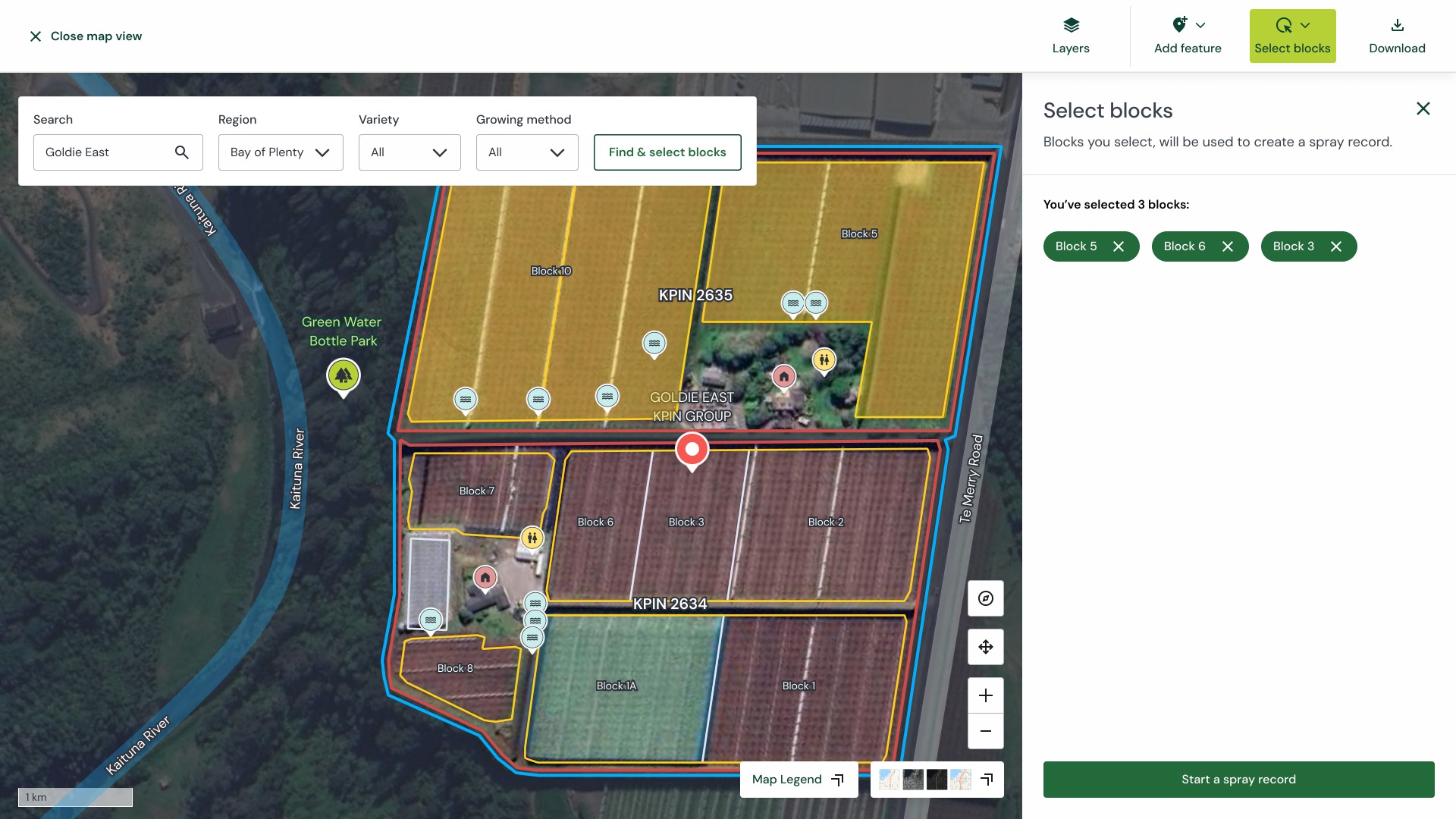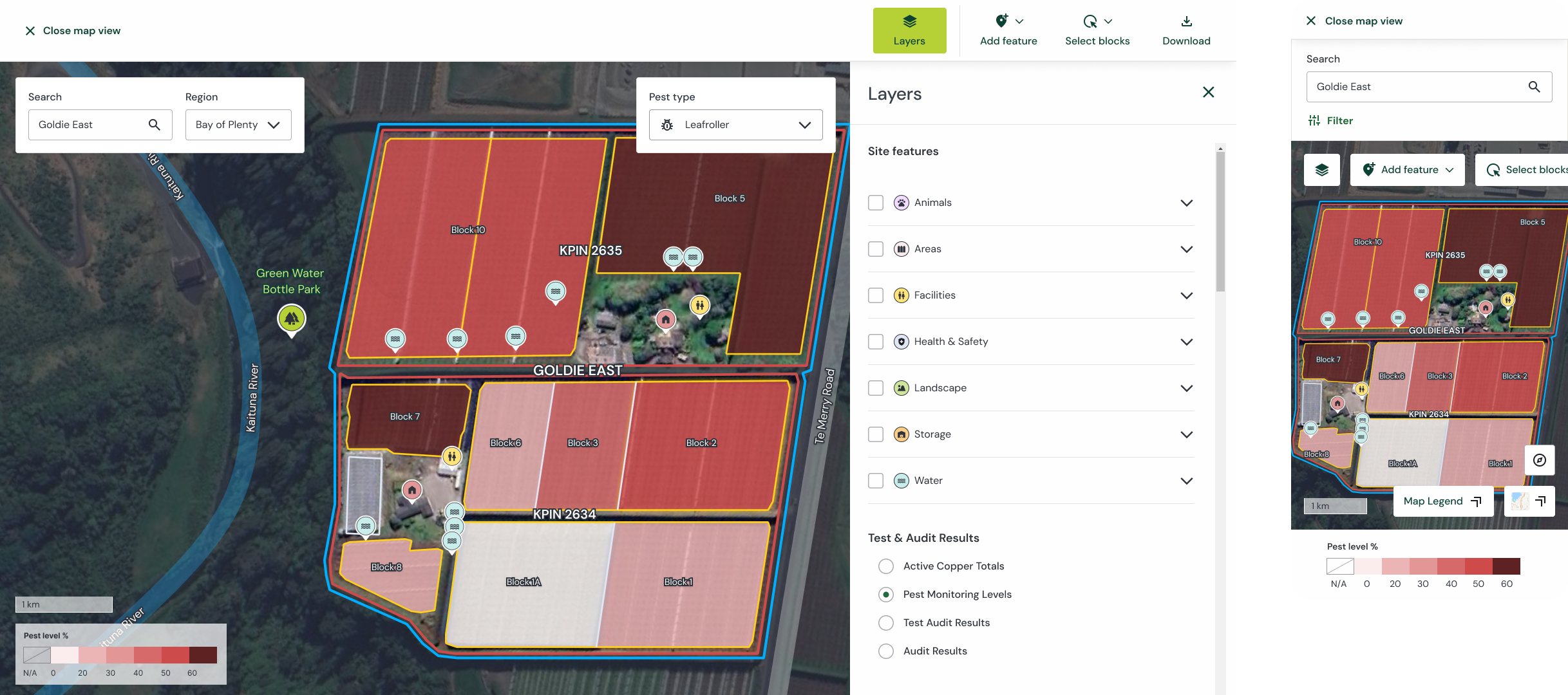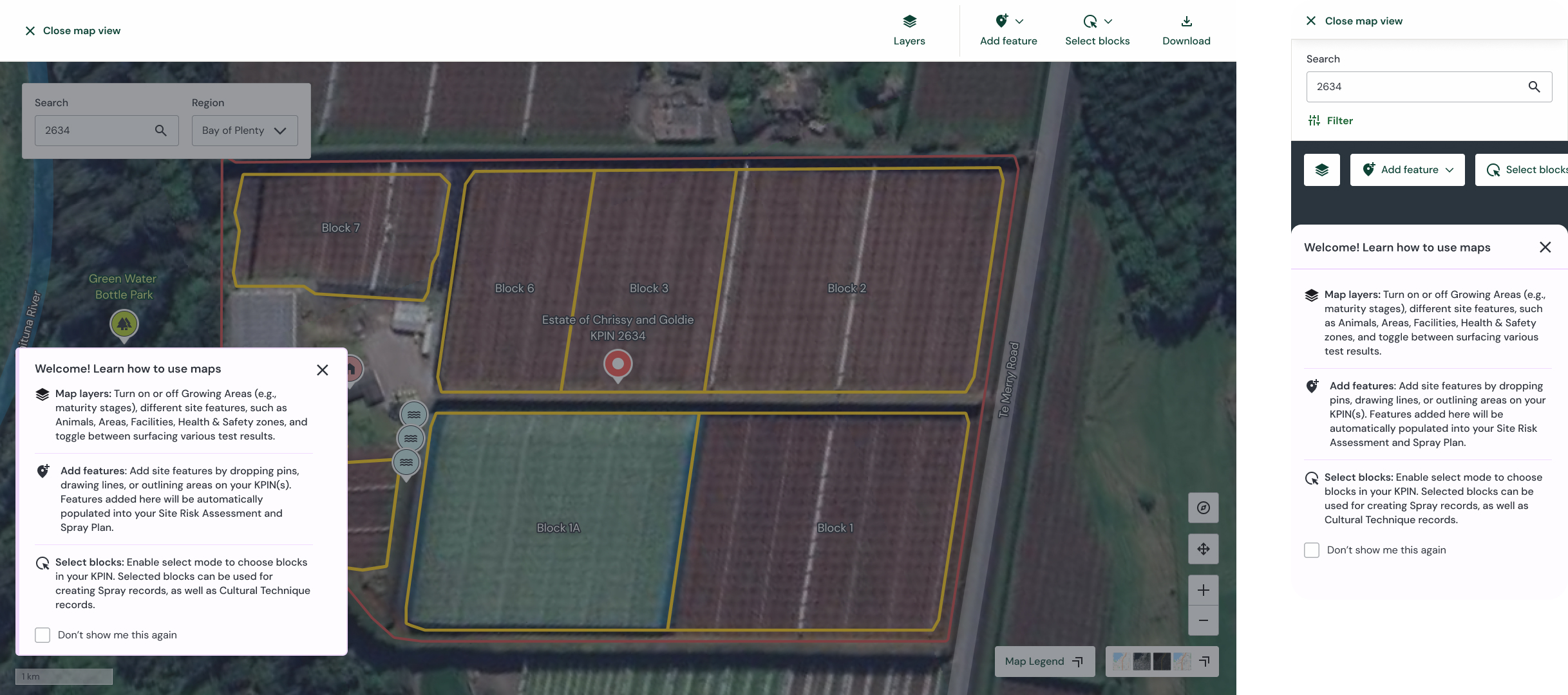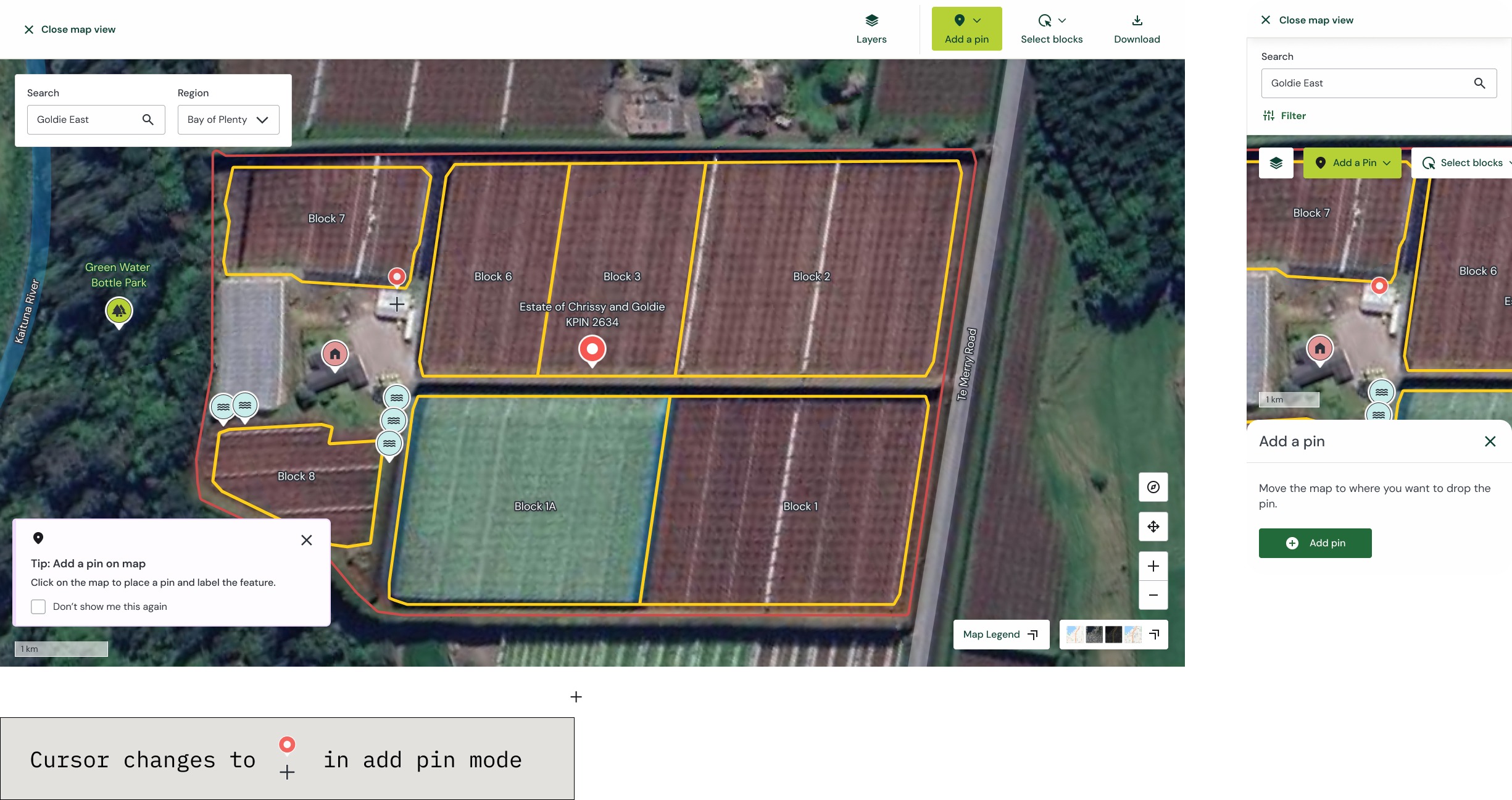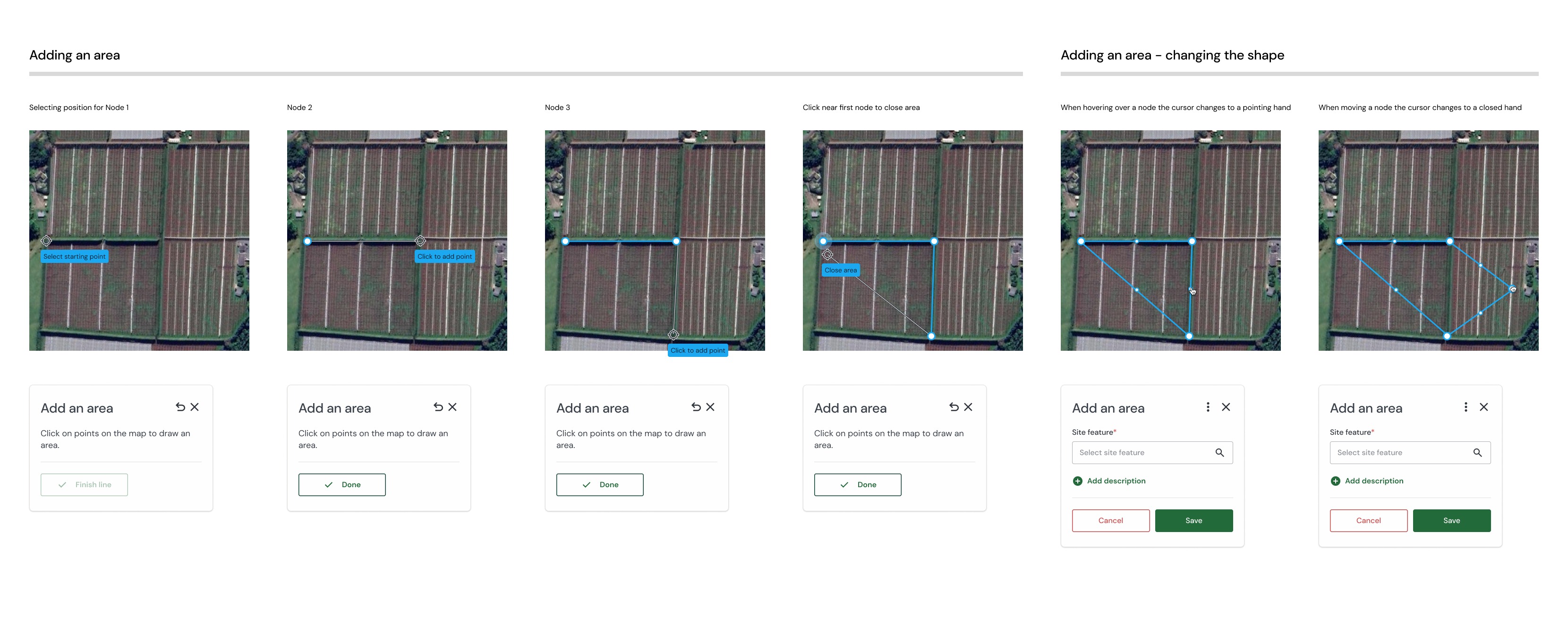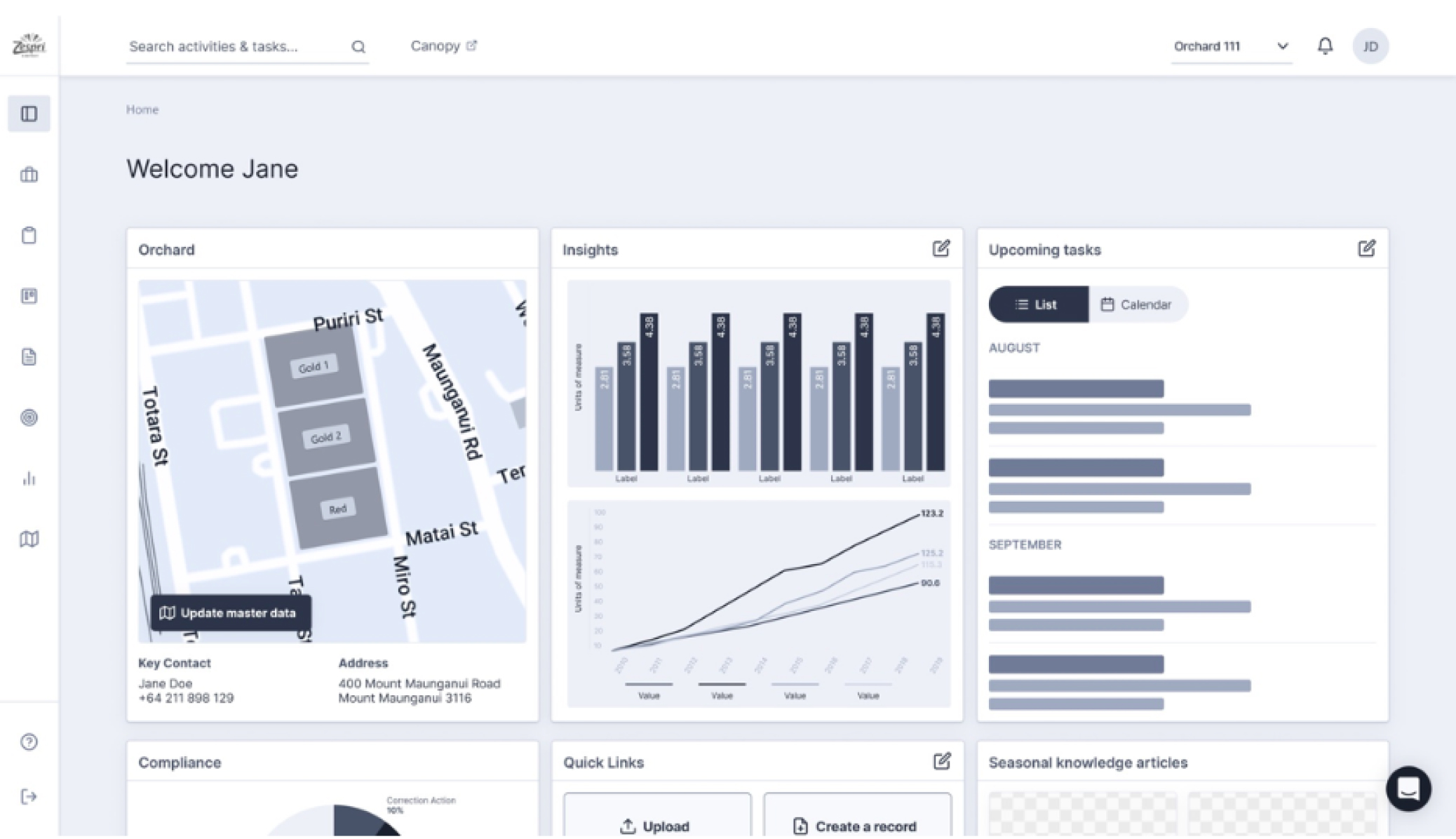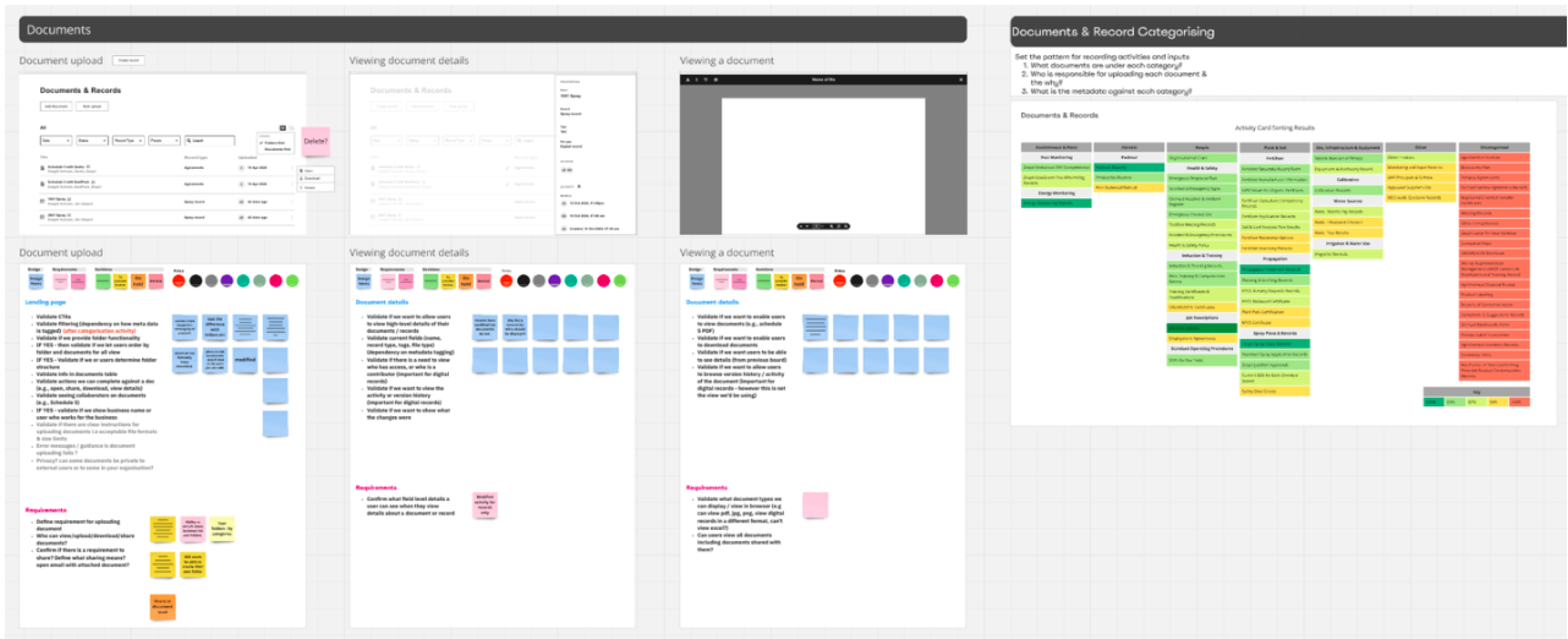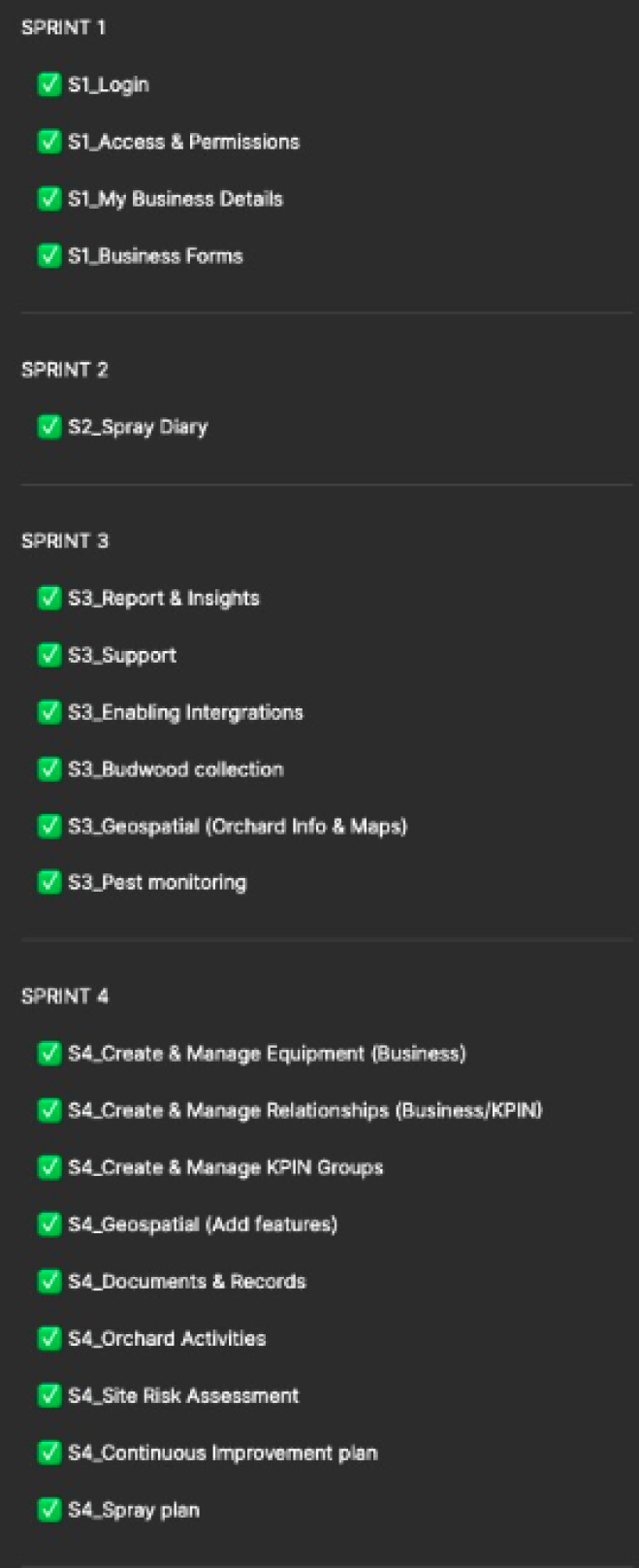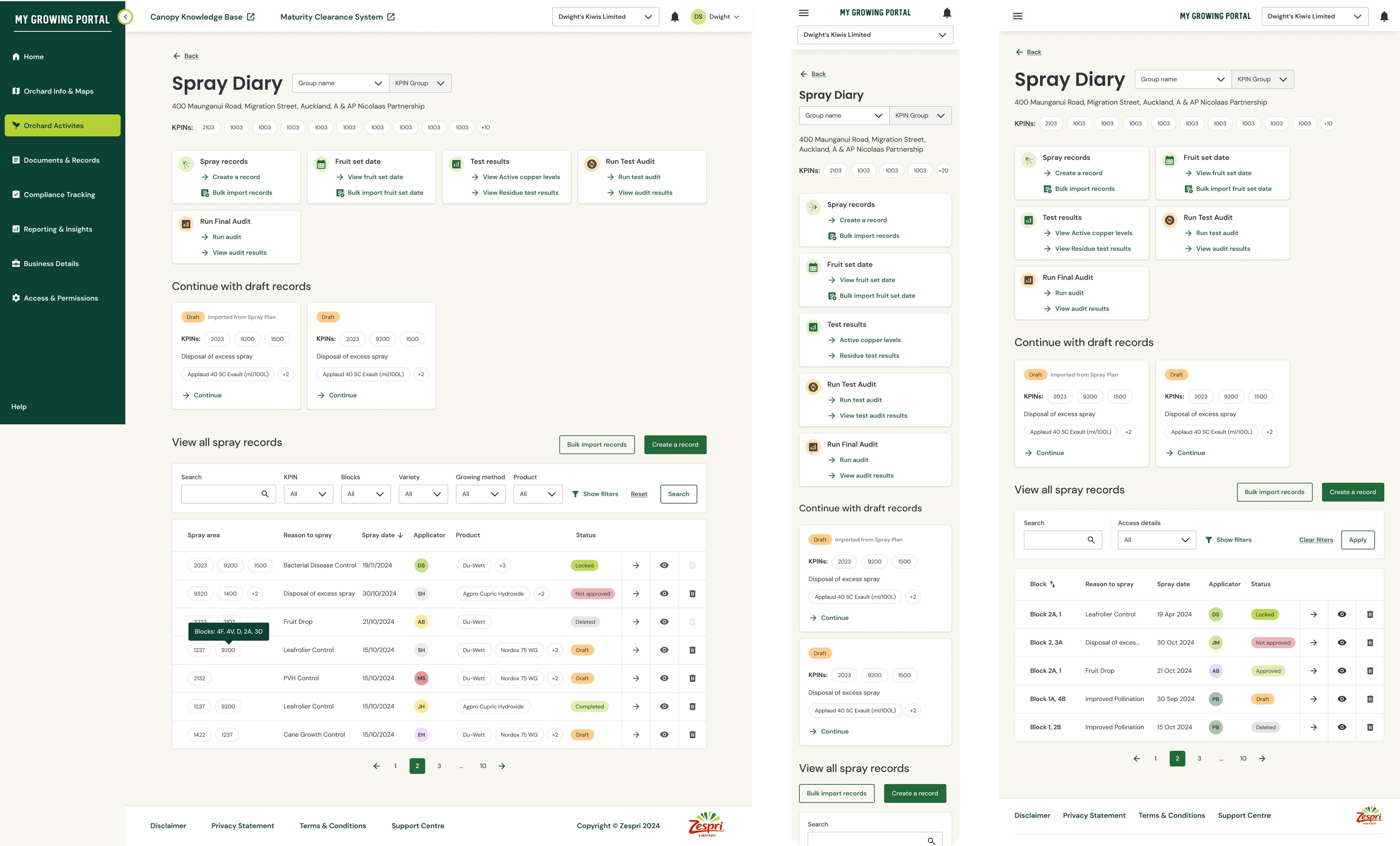CONTEXT
Zespri is on a transformation journey to enable growers to meet capture data and meet compliance more easily
it was uncovered that there is a need for digitals to be provided to better support the Kiwifruit community in making on- orchard decisions, as well as meeting Zespri compliance requirements. Based off this initial research, Deloitte was engaged to support Zespri over 10 weeks to support them to validate concepts for the portal, define this into a MVP product, and then produce build ready designs.
OBJECTIVES
Creating connected paperless experiences for all key operations and compliance
The current system is spread across different modules, leading to a disconnected experience for growers, that also means a complex and high learning curve, and double handlings. Our solution focuses on pulling all key operations for spray workflows together, the records flow seamlessly to risk management, pest monitoring, and compliance tracking. This approach save heaps of time for growers and spray contractors and help them get on top of their tasks. Zespri compliance requires growers to highlight risks, which is currently done using physical maps. We are integrating new geospatial capabilities using Azure Maps out-of-the-box features, growers can interact with paperless map experience, visualising temporal data in heat maps, drawing lines or areas directly on the map to indicate risks, this enables more site feature reusability, accurate data capturing and reviewing which are critical for meeting compliance and long-term efficiency, accessing map views and feature can be done with a single click from table views.
